Link building is supposed to be the process of convincing other websites to consider linking back precisely to your website. All business owners and marketers are very much interested in robust link building for driving more and more referral traffic and boosting their site’s authority.
As per NIO, “Link building is simply a process of getting backlinks to your page. For example, if you’re publishing articles on a website with a link to your site then you’re doing some link building. Link building is considered to be the most important element of every SEO strategy. If you want to have a well–ranked page you have to get backlinks to it.”
Google’s algorithms are truly dynamic and complex. They keep evolving over time; however, backlinks are still regarded as a crucial factor in helping search engine to determine precisely which sites would be ranking for which specific keywords. Link building is used as an effective strategy in many marketing companies like 201 Digital & Joel House SEO as links are regarded as signals to Google demonstrating the fact that your site is actually a genuine and quality resource that is worthy of citation. As such, sites that are having more backlinks would be earning higher SERP rankings.
Link building terminology could be pretty confusing to the people who are new to the SEO world. This link building glossary is an attempt to explain complex terms in a simple way in plain English.
Anchor Text
Every link would be consisting of two key elements. There would be the web address which is the destination that the link is actually pointing to and there would be the anchor text. The anchor text is supposed to be the text that would be working as the link. This is precisely the text that is found in the anchor element, as well as, the keyword/keywords that you would be clicking on for going to the target page. Anchor texts are especially crucial for Search Engine Optimization. If you are thinking of obtaining a backlink, it is a good idea to use an effective and relevant keyword as your anchor text.
Algorithm Updates
Whenever professionals are talking about algorithm updates they would certainly refer to Google. Basically, this simply implies that something has undergone a change in the manner in which Google evaluates sites.
Alt tag
This is actually an HTML attribute of what we call the IMG tag. We know that the IMG tag is instrumental in displaying images. However, the Alt tag is supposed to be the text that would be displayed if the image does not get loaded. You must understand that alt tags are having some SEO value. Google is unable to see what the picture actually presents but thanks to Alt tag, it can read and understand what the image is all about. This is certainly the best way of informing Google what exactly your images demonstrate.
Backlinks
A backlink is just a link that is strategically placed on somebody else’s website which would be pointing back to your website. Backlinks are regarded as a critical SEO factor. Obtaining numerous backlinks with relevant and important anchor text is certainly the most effective and fastest way of boosting your SEO rankings. Backlinks are pointing to your site while coming from another site. They are also, referred to as inbound links, incoming links, and simple links.
Canonicals
A canonical element would be informing a search engine about the precise page that could be used as the authentic or original source for preventing duplicate content.
Citations
Citations are supposed to be mentions of your company’s information such as name and telephone number. They are generally not linked but they could help search engines learn to develop more trust for a company or business.
Click-through Rates
CTR or the Click-Through Rates is supposed to be the accurate measurement of the number of people who actually clicked on a link to your website versus the exact number of times your website appeared somewhere.
Conversion Rates
This is precisely the actual percentage of visitors or users who achieve a specific objective or goal. This particular goal could be downloading an e-book, filling any ‘contact us’ form and submitting or simply buying a product etc.
Crawlability
Crawlability is referred to exactly how easily search engine spiders could access your website and follow links there.
Deep Linking
Deep links are quite valuable for Search Engine Optimization. Linking to particular pages within your website using a good quality anchor text would surely boost the rankings of such pages. Practically speaking, building deep links could be the factor that decides whether SEO game is won or lost. In other words, your SEO success depends largely on robust deep linking.
Duplicate Content
Suppose you are having two distinct pages in your website that display the same content, then your website could be penalized for using duplicate content. Duplicate content could mean your site may lose its ranking as Google may penalize you. Duplicate content would be occurring because of a number of reasons. However, it is a bad signal to the search engine/Google, hence, very much undesirable. We already know that canonical tags would be used for identifying the original page.
Editorial Links
If somebody gives you a particular link without you actually asking for it, that is supposed to be an editorial link.
Evergreen Content
Content that actually doesn’t become obsolete easily is regarded as evergreen content.
Followed Links
Links are supposed to be followed naturally unless they are having a ‘nofollow’ attribute. The term ‘followed’ is actually used to inform Google and other search engines for crediting the links towards those sites they are actually pointing to as that would help the websites rank higher.
Guest Posts
Guest posts are actually articles written by somebody who actually is not used to writing for the websites where the articles would be placed on. Excessive guest posts having keyword-rich anchors would be looked upon as a violation of the guidelines set down by Google.
Hidden Links
Hidden links are supposed to be links which are coded to make sure that these links are not appearing as links.
IP Addresses
An IP address refers to a series of numbers that identify a specific computer.
Image Links
This is a picture linking to another page either externally or internally. Remember that not all pictures would be containing a link.
Juice
Link juice is actually used for indicating the value or actual worth of the link.
Keywords
Keywords are whole phrases or single words of specific SEO importance meant for a given website or page. These are the phrases and words that would be indicating the specific topic relating to the page, the relevant link building terms as anchor text, the content of a visual or image.
Landing Pages
These are supposed to be the first pages the user comes across when they visit your website from anywhere.
Mobile-First Indexing
This is the latest way Google actually indexes a site. They would be crawling and indexing the site’s mobile version first.
Noise Anchors
Noise Anchors are supposed to be keywords like ‘website’, ‘click here’ etc.
Off-page SEO
There are two core elements of SEO: off-page and on-page. Off-page SEO practices seem to be everything that is done outside your page for boosting its rankings. The fundamental element of off-page search engine optimization seems to be link building.
On-page SEO
On-page practices are referred to everything that is done on your page for enhancing your SERP rankings. The things that could be done are tuning your HTML structure, boosting descriptions and title tags, ensuring faster site loading time, reviewing the keyword density and usage, boosting the overall internal linking structure etc.
Page Authority
Page Authority is actually a metric that has been generated by Moz for predicting how well a particular page would rank.
Query
A query is supposed to be a request made by individuals to a particular search engine for getting information on a specific topic.
Redirects
Redirects would be sending a page or site elsewhere.
SERPs
The SERPs are called the Search Engine Results Pages that represent the actual list of sites that are returned in a search engine query.
Spam
Spam implies everything that is unsolicited or undesirable online. Spam is humorously referred to as “sites positioned above mine”.
Toxic Links
Toxic links are known to potentially cause harm or some damage to your site.
Traffic
Traffic is referred to as the total volume of visitors coming to a site or page.
Unnatural Links
Which are spammy or paid links or those that are an element of a link scheme.
Velocity
Velocity is referred to as the actual speed of a site’s link growth.
Widget
Widgets are supposed to be bits of code that are embedded efficiently on a page generally designed for providing backlinks.
XML Sitemap
XML Sitemap is used for telling search engines about all the pages of your website and precisely where they could be found. XML is supposed to be a markup language.
Yandex
Yandex is known to be a popular Russian search engine.
Conclusion
We have discussed some of the most important and frequently used link building SEO terms. Once you know the terminology clearly, you would find the entire process of link building truly fascinating.
Sujain Thomas is an experienced blogger who has written articles for several renowned blogs and websites about various uses of social media to engineer more business traffic on business websites. Joel House SEO
Get more leads, make more sales, grow your brand faster.





